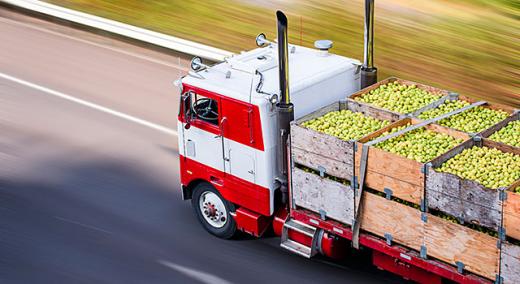Almost all businesses involved in the food supply chain have experienced effects ranging from a mild shock to severe disruptions during the Covid-19 pandemic, and further disruptions may be ahead this winter.
|
ADVERTISEMENT |
Yet not all organizations have learned critical lessons, and history shows us some companies are destined to remain unprepared for the next wave.
Many companies have taken decisive action to survive the pandemic and enhance their supply chain resilience. In doing so, they are protecting their interests and those of their business customers or consumers. We believe that successful firms are taking what’s known as a systems thinking approach to enhance food supply-chain resilience.
In the systems engineering world, systems represent the interconnected complexity of ecosystems that are connected both internally and externally.
For example, a food production business is connected to numerous ecosystems internally and to those of its suppliers, business partners, and customers.
…

Add new comment